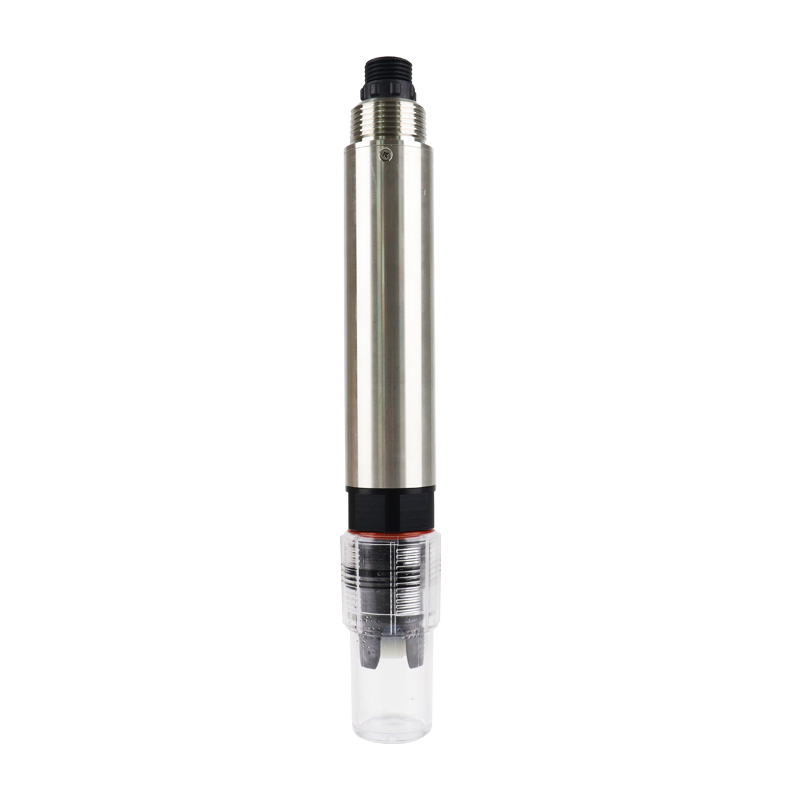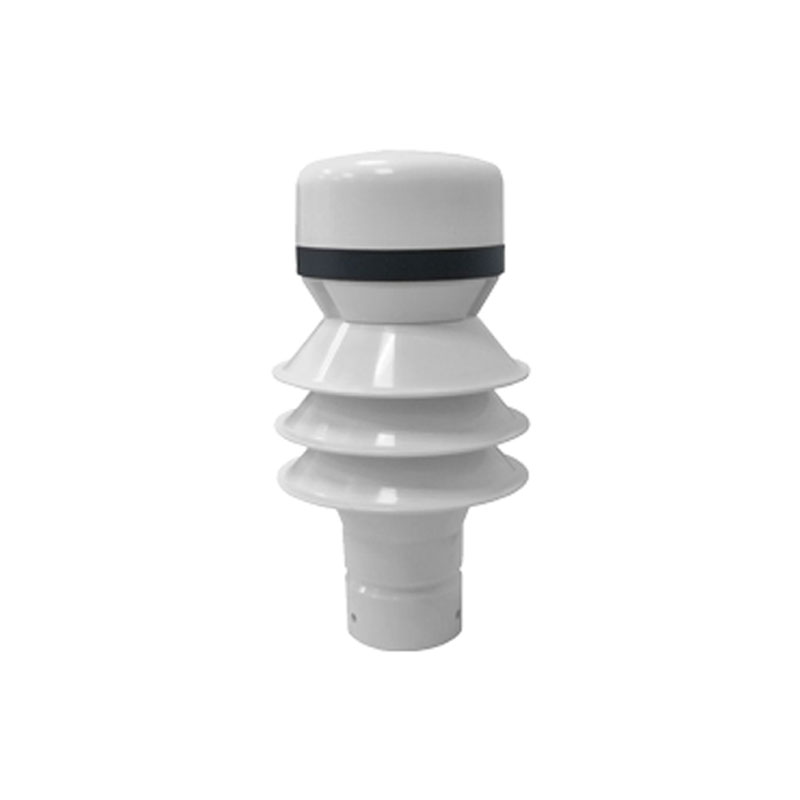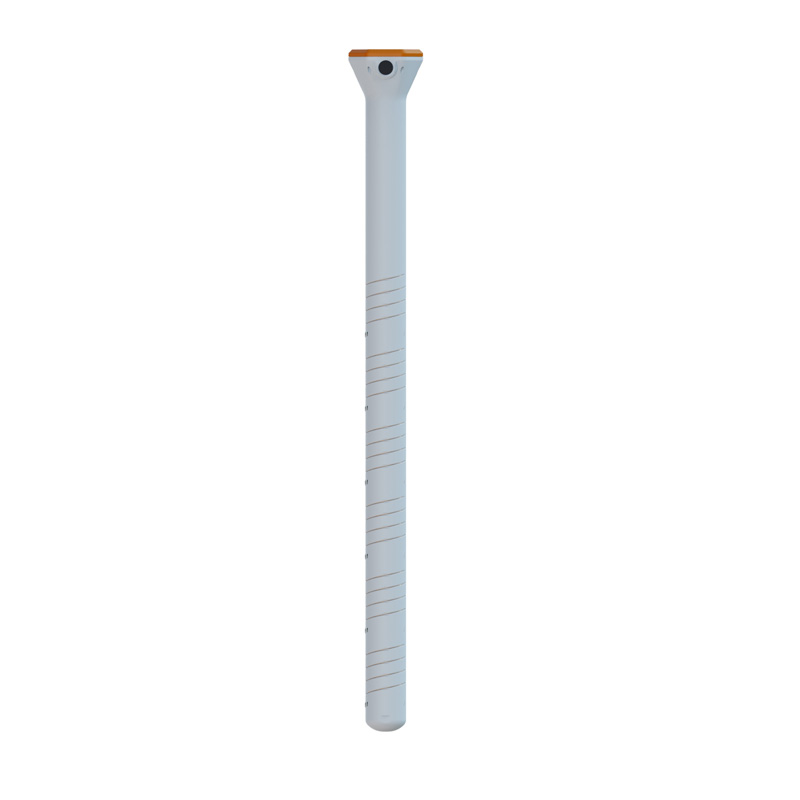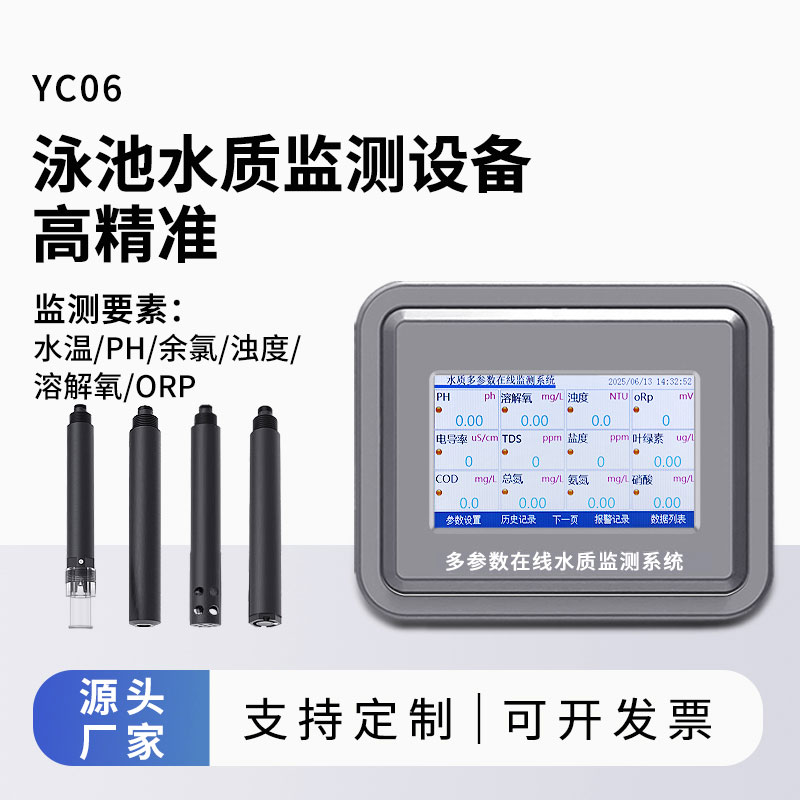Product Center
-
Hydrological equipment monitoring station
-
Water Quality Monitor Sensor
-
Plant protection equipment
-
Food Testing Equipment
- Water quality testing manufacturer Fengtu: Offering online water quality analyzers, laboratory instruments and testing solutions
- Locust online monitoring station utilizes light-attracting and sex-attracting technologies to control locusts
- Buoy-based water quality monitoring brands Fengtu
- Integrated wireless meteorological and soil moisture monitoring station Provides an Integrated Soil Moisture, Temperature, and Conductivity Monitoring Solution
- Buoy-based online water quality monitoring equipment Real-time Monitoring of Multiple Water Quality Parameters
- What is Soil moisture conditions? The role of Soil moisture conditions monitoring in agricultural irrigation
Shandong Fengtu IOT Technology Co., Ltd
Sales Manager:Ms. Emily Wang
Tel, Whatsapp:+86 15898932201
Email:info@fengtutec.com
Add:No. 155 Optoelectronic Industry Accelerator, Gaoxin District, Weifang, Shandong, China

Water Hardness Meter
Model:FT-S2
Brand:fengtu
Related products
Product details
1. Water Hardness Meter Product Introduction
Water Hardness Meter online high precision analysis of drinking water and process water hardness, is an online monitoring of water hardness analysis instrument.The S2Water Hardness Meter is made of calcium-magnesium selective electrodes based on PVC membranes and is used to test the total hardness of water (measured in CaCO3) with temperature compensation to ensure that the test is fast, simple, accurate and economical. This user manual details the technical parameters, use, maintenance and communication protocols of the total hardness sensor.
Signal output: RS-485 bus, ModbusRTU protocol, convenient for connection to third-party devices such as PLC, DCS, industrial control computers, general controllers, paperless recording instruments or touch screens.
Patented calcium and magnesium ion electrodes, the internal reference solution seeps out of the microporous salt bridge very slowly under a pressure of at least 100KPa (1Bar). Such a reference system is very stable, and the electrode life is longer than that of ordinary industrial electrodes.
Easy to install: 3/4NPT pipe thread, easy to install in pipelines and tanks.
IP68 protection grade.
2. Water Hardness Meter Technical Parameters
| Range and resolution | 0~1000.0mg/L; 0.1 |
| Accuracy | ±10% of reading; ±0.3℃ |
| Response time (T90) | <60s |
| Minimum detection limit | 0.9 (0-1000mg/L) |
| Calibration method | Two-point calibration |
| Cleaning method | / |
| Temperature compensation | Automatic temperature compensation (Pt1000) |
| Output method | RS-485(ModbusRTU), 4-20 mA (optional) |
| Storage temperature | -5~40℃ |
| Working conditions | 0~40℃, ≤0.2MPa, pH: 4~10 |
| Shell material | 316L |
| Installation | Submersible installation, 3/4 NPT |
| Power consumption | 0.2W@12V |
| powered by | 12~24VDC |
| Protection level | IP68 |
3. Water Hardness Meter Maintenance and Care
1. Use and maintenance
Before testing, the electrode should be immersed in tap water for 48 hours. After activation, it should be cleaned in deionized water. If the electrode is not used for a long time (more than two weeks), it should be stored dry, and the sensing element of the electrode should be put into the protective cap.
Check whether the terminal is dry. If there is any stain, wipe it with anhydrous alcohol and use it after drying. Avoid long-term immersion in distilled water or protein solution, and prevent contact with silicone grease. The PVC film of the electrode that has been used for a long time may become translucent or have sediment. In this case, it can be rinsed with distilled water (or deionized water). If the electrode has been used for a long time and measurement errors occur, it must be calibrated.
If the electrode cannot be calibrated and measured after being maintained and serviced in the above manner, it means that the electrode has failed. Please replace the electrode.
2. Sensor Calibration
Note: The sensor has been calibrated before leaving the factory. Do not calibrate it unless the measurement error is exceeded.
a) Zero point calibration
Place the sensor in the zero point standard solution, wait for 10 minutes, and after the value stabilizes, check whether the displayed value is within the error range. If not, zero point calibration is required. Refer to the appendix for calibration instructions.
b) Slope calibration
Place the sensor in the slope standard solution, wait for 10 minutes, and after the value stabilizes, check whether the displayed value is within the error range. If not, slope calibration is required. For calibration instructions, refer to the appendix.
This paper addresses:https://www.fengtusz.com/Water-Quality-Sensors/Water-Hardness-Meter.html
- Previous Article :Chloride Ion Sensor
- Next Article:Self-cleaning Turbidity Sensor
Related article
-
High-altitude detection lamps defend against pest threats
2024-04-16 -
Subway Safety Monitoring System: A High-Tech Approach to Prevent Accidents and Protect Lives
2024-10-28 -
Introduction to Rodent Monitoring Equipment, Agricultural Aids
2024-04-03 -
FT-HC1 Locust Online Monitoring Station: A Powerful Tool for Locust Observation and Control
2024-10-21 -
Functions, Expandability of Smart Agriculture Automatic Soil Monitoring System and Soil Moisture Sensor Details
2025-08-18 -
FT-WSY1 Soil Meter: Precision Monitoring for Healthier Crops and Smarter Farming
2025-03-25 -
Tube-Type Soil Moisture Sensors & Automatic Soil Monitoring Systems by Fengtu Technology for Precision Agriculture
2025-08-22 -
Tubular Soil Moisture Monitor: Solving Traditional Monitoring Pain Points for Efficient Soil Moisture Management
2025-09-01


 Get a Free Quote
Get a Free Quote






